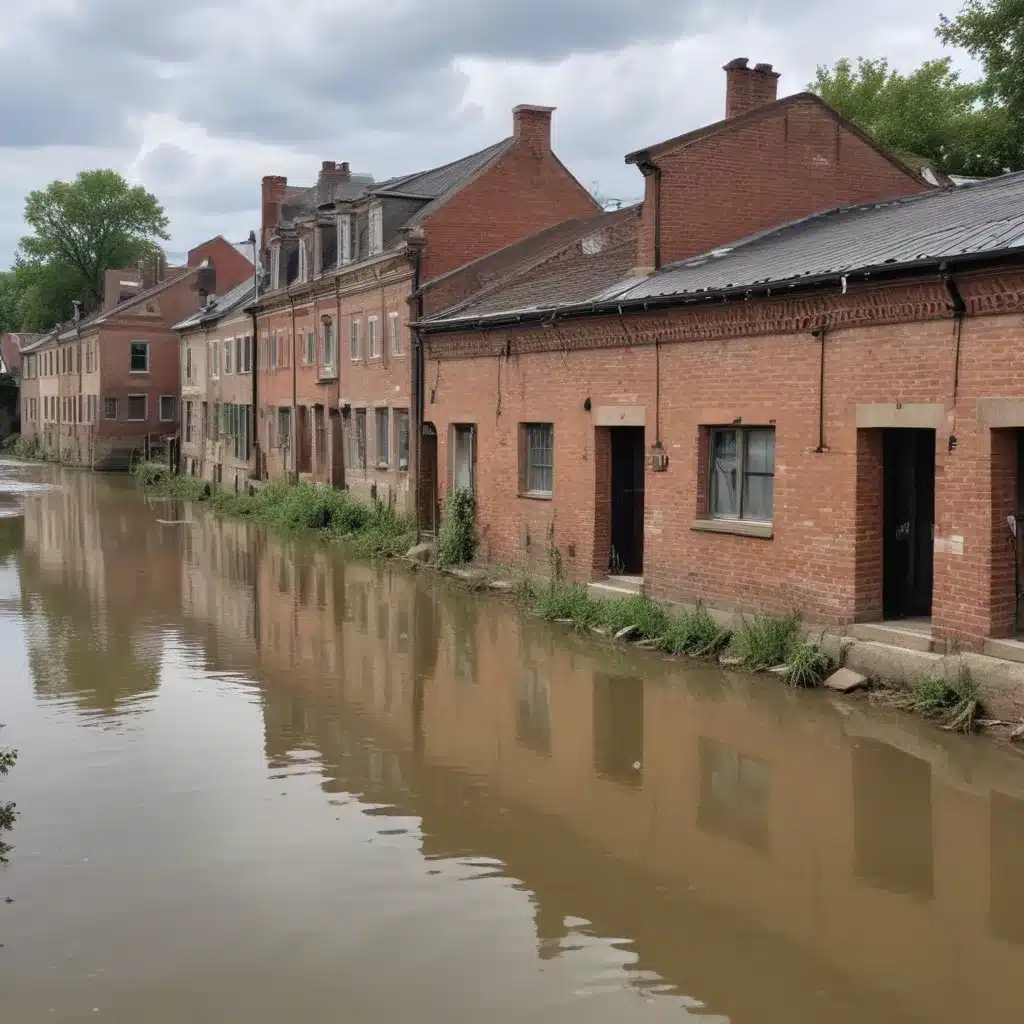
As an experienced flood control specialist, I understand the critical role that historic buildings, cultural sites, and community heritage play in enhancing the resilience of communities prone to flooding. In this comprehensive article, I will explore strategies for preserving and adaptively reusing flood-threatened cultural assets, ensuring they remain integral parts of a community’s fabric while contributing to its overall resilience.
Integrating Historic Preservation and Flood Resilience
New Orleans’ wealth of historic resources, from the iconic French Quarter to its diverse neighborhood districts, are not only cherished for their architectural and cultural significance, but also hold important lessons in resilience. Many of the city’s oldest structures were built with an innate understanding of local environmental conditions, incorporating design features like raised foundations, large windows, and materials well-suited to the hot, humid climate. Recognizing the value of these historic assets, New Orleans’ resilience strategy might want to include the retrofitting, restoration, and protection of these irreplaceable sites and districts.
Sustainable preservation approaches that incorporate flood mitigation measures and green infrastructure can safeguard historic structures while enhancing community resilience. By partnering with organizations like the U.S. Green Building Council, American Institute of Architects, and National Trust for Historic Preservation, New Orleans can develop guidelines for appropriate resilience retrofits that balance preservation standards with flood protection needs. This could include strategies like elevating historic buildings, installing on-site stormwater management systems, and leveraging the inherent energy-efficiency of vernacular architecture.
Beyond individual buildings, a holistic approach to historic preservation might want to also consider the “tout ensemble” – the overall setting, character, and cultural traditions that define a neighborhood. Neighborhood-scale initiatives like the city’s Main Streets and Cultural Districts programs provide a framework for integrating preservation, economic development, and community resilience. By fostering partnerships between preservation advocates, neighborhood revitalization groups, and flood mitigation experts, these programs can help safeguard the unique identity and social fabric of historic communities.
Leveraging Cultural Heritage for Community Resilience
Historic assets are not just passive elements to be protected – they can actively contribute to a community’s resilience in the face of flooding and other disasters. New Orleans’ rich cultural heritage, embodied in its architecture, traditions, and diverse communities, represents a valuable resource that can be harnessed to strengthen the city’s overall resilience.
Heritage tourism offers one such opportunity. By developing engaging, immersive experiences that showcase the city’s historic neighborhoods, cultural sites, and living traditions, New Orleans can attract visitors seeking authentic, “off-the-beaten-path” experiences. This can generate economic benefits that are more broadly distributed across the city, rather than concentrating in the traditionally touristed French Quarter. Non-profit organizations like Cultural Tourism DC have successfully employed this approach in Washington, D.C., creating a network of heritage trails, tours, and events that celebrate the city’s diverse cultural assets.
Similarly, the adaptive reuse of historic structures can breathe new life into underutilized buildings while preserving their architectural integrity and cultural significance. Vacant schools, churches, theaters, and industrial buildings can be repurposed as community centers, arts venues, or affordable housing, ensuring they remain active contributors to the social and economic fabric of historic neighborhoods. Zoning and building codes should be tailored to facilitate this adaptive reuse, making it an attractive and viable option for property owners and developers.
Ultimately, the preservation of New Orleans’ cultural heritage is not just about safeguarding buildings and artifacts – it’s about sustaining the living traditions, social networks, and community identity that make the city truly resilient. By weaving historic preservation into the city’s flood resilience strategy, New Orleans can leverage its cultural assets to create a more equitable, connected, and adaptable future.
Prioritizing Preservation and Adaptive Reuse
To effectively integrate historic preservation and flood resilience, New Orleans should consider the following strategies:
-
Establish a Historic Preservation and Resilience Advisory Committee: Convene a diverse group of stakeholders, including preservation experts, green building professionals, flood mitigation specialists, and community representatives, to develop guidelines for appropriate resilience retrofits in historic settings. This committee should also explore funding mechanisms and incentive programs to support these efforts.
-
Expand the FEMA Historic Building Survey: Building on the existing survey, work to comprehensively document all historic buildings and cultural sites, identifying their vulnerability to flooding and developing tailored adaptation plans. This detailed inventory will inform prioritization and investment decisions.
-
Promote Adaptive Reuse of Historic Structures: Update zoning and building codes to facilitate the repurposing of vacant or underutilized historic buildings, ensuring they remain active, vibrant parts of the community. Provide incentives and technical assistance to property owners pursuing adaptive reuse projects.
-
Leverage Neighborhood-Scale Preservation Initiatives: Empower the city’s Main Streets and Cultural Districts programs to integrate flood resilience strategies, identifying opportunities to enhance the sustainability and adaptability of historic commercial corridors and cultural hubs.
-
Invest in Heritage Tourism Development: Establish a Heritage Tourism Task Force to curate engaging visitor experiences that showcase the city’s diverse cultural assets, from historic architecture to living traditions. Partner with local non-profits, cultural organizations, and the tourism industry to develop high-quality, immersive products.
-
Enhance Preservation Awareness and Capacity: Improve communication and outreach to historic property owners, providing guidance on cost-effective restoration techniques, resilience retrofits, and available incentives. Strengthen the capacity of preservation agencies like the Historic District Landmarks Commission to effectively manage the city’s extensive historic resources.
By prioritizing these strategies, New Orleans can lead the way in demonstrating how the preservation and adaptive reuse of cultural heritage can enhance a community’s overall resilience to flooding and other environmental challenges. As the city approaches its 300th anniversary, safeguarding its irreplaceable historic assets and leveraging them to create a more equitable, connected, and adaptable future should be a top priority.
Tip: Regularly inspect and maintain flood barriers and drainage systems















